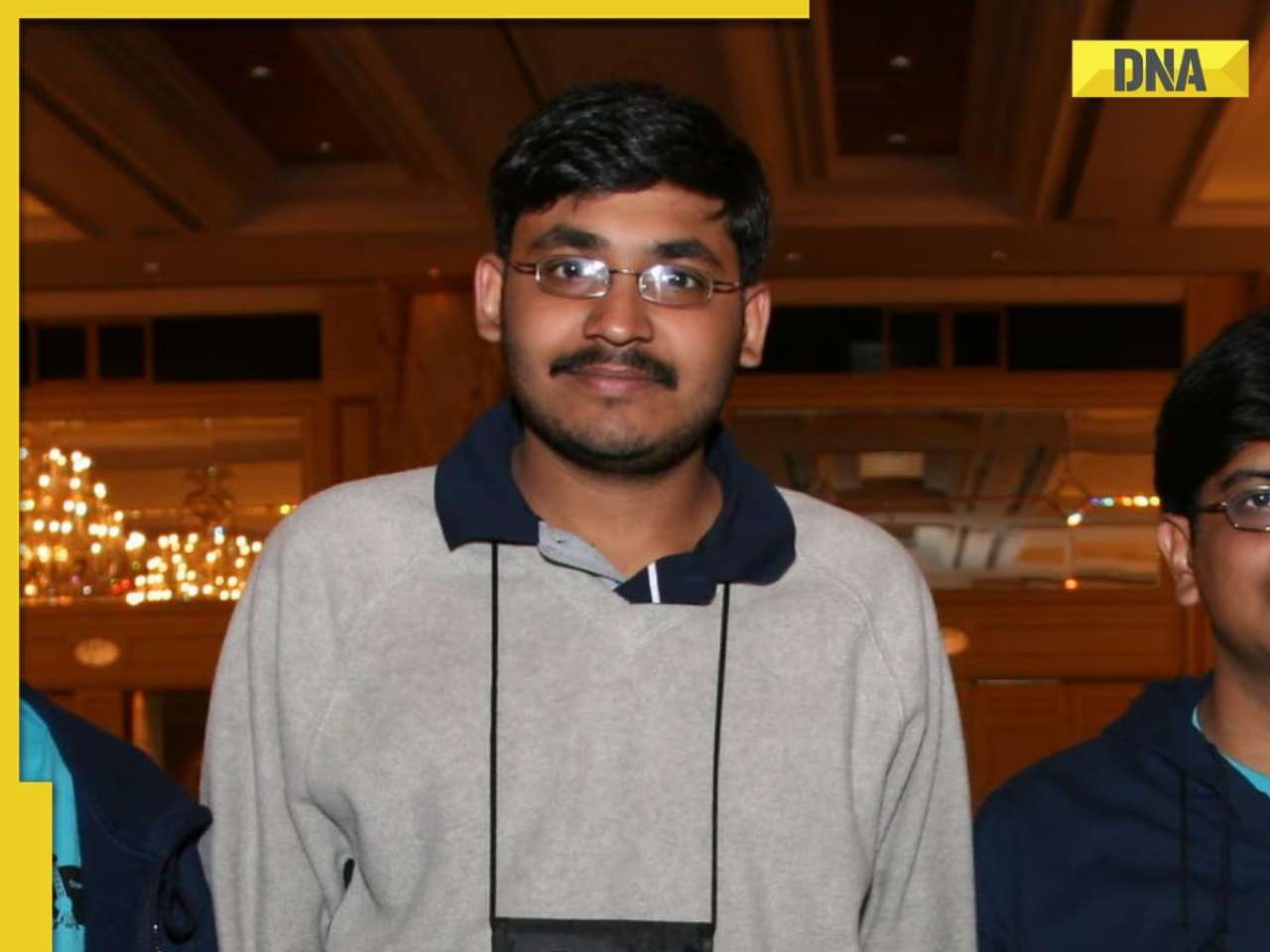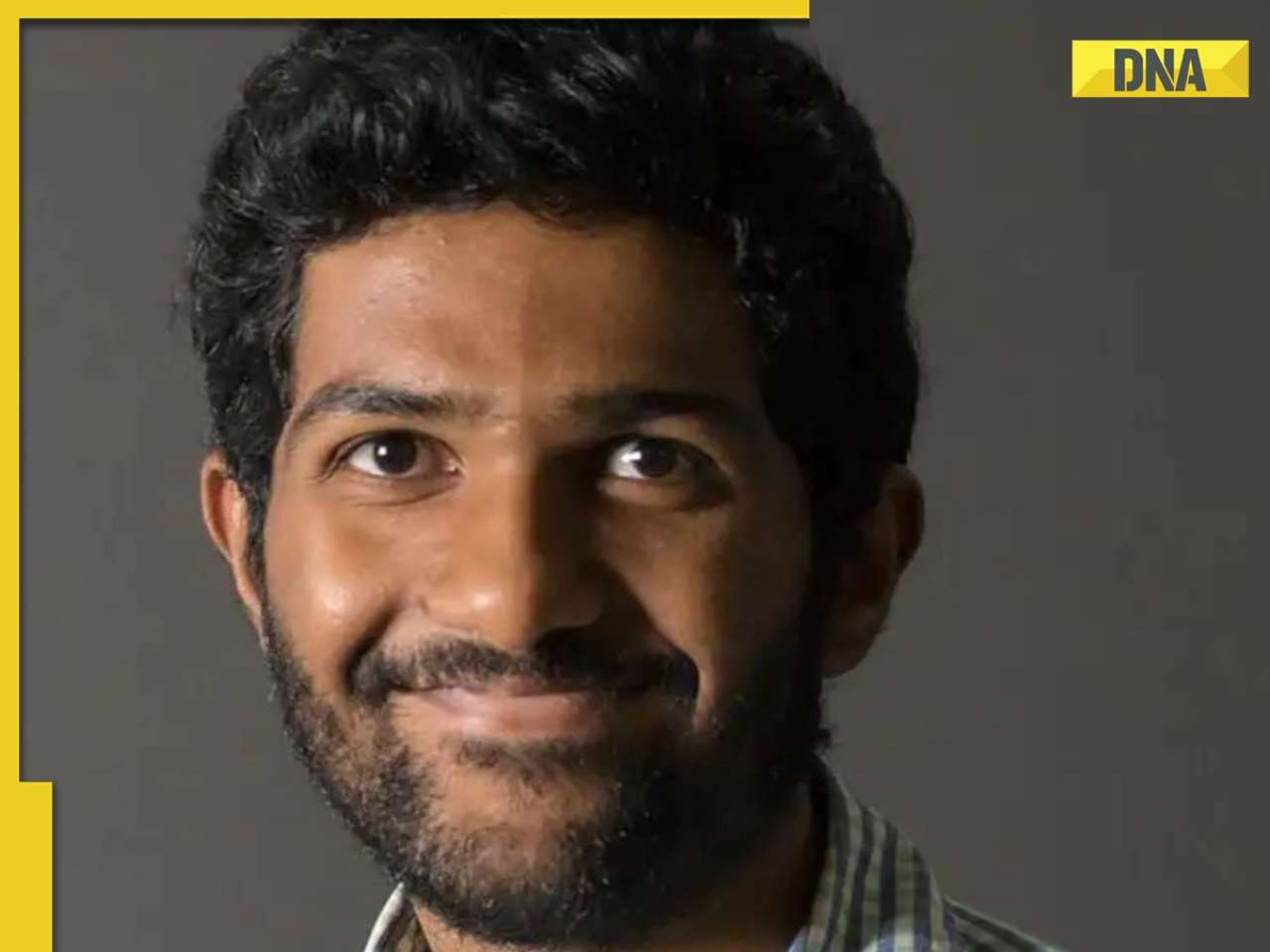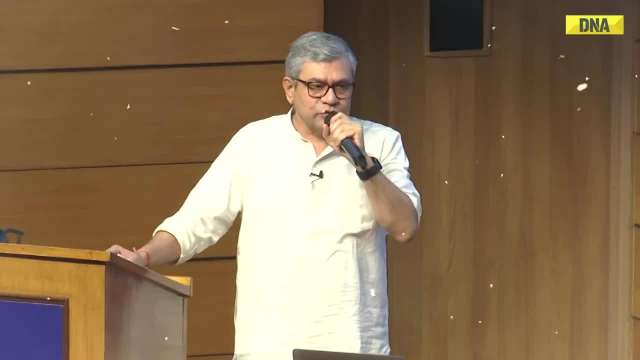Researchers at the Institute for Cognitive Systems (ICS) at TU Munchen in collaboration with a group in Japan have developed a new robot face that can talk and respond like humans.
Researchers at the Institute for Cognitive Systems (ICS) at TU Munchen in collaboration with a group in Japan have developed a new robot face that can talk and respond like humans.
Mask-bot can already reproduce simple dialog. For example when researchers Dr. Takaaki Kuratate says “rainbow”, it flutters its eyelids and responds with an astoundingly elaborate sentence on the subject: “When the sunlight strikes raindrops in the air, they act like a prism and form a rainbow.”
And when it talks, Mask-bot also moves its head a little and raises its eyebrows to create a knowledgeable impression.
“Mask-bot will influence the way in which we humans communicate with robots in the future,” said Prof. Gordon Cheng, head of the ICS team.
Mask-bot can display realistic three-dimensional heads on a transparent plastic mask, and can change the face on-demand.
It is also bright enough to function in daylight thanks to a particularly strong and small projector and a coating of luminous paint sprayed on the inside of the plastic mask.
The team claimed this part of the new system could soon be deployed in videoconferences.
“Usually, participants are shown on screen. With Mask-bot, however, you can create a realistic replica of a person that actually sits and speaks with you at the conference table. You can use a generic mask for male and female, or you can provide a custom-made mask for each person,” explained Takaaki Kuratate.
To replicate facial expressions, Takaaki Kuratate developed a talking head animation engine �" a system in which a computer filters an extensive series of face motion data from people collected by a motion capture system and selects the facial expressions that best match a specific sound, called a phoneme, when it is being spoken.
The computer extracts a set of facial coordinates from each of these expressions, which it can then assign to any new face, thus bringing it to life.
Emotion synthesis software delivers the visible emotional nuances that indicate, for example, when someone is happy, sad or angry.
![submenu-img]() 'Soye hai sab log': Skipper Rohit Sharma fumes at teammate during 1st India vs Bangladesh Test
'Soye hai sab log': Skipper Rohit Sharma fumes at teammate during 1st India vs Bangladesh Test![submenu-img]() Delhi Capitals confirm Rishabh Pant as their top retention for IPL 2025: Report
Delhi Capitals confirm Rishabh Pant as their top retention for IPL 2025: Report![submenu-img]() Moon and Venus Orbiter Journeys, Space Station, Gaganyaan Mission
Moon and Venus Orbiter Journeys, Space Station, Gaganyaan Mission![submenu-img]() 'So much tension and stress...': Father of EY Employee who died of 'overwork'
'So much tension and stress...': Father of EY Employee who died of 'overwork'![submenu-img]() Watch: Shubman Gill's father gives priceless reaction to his son's exceptional century in Chennai Test
Watch: Shubman Gill's father gives priceless reaction to his son's exceptional century in Chennai Test![submenu-img]() PM Modi US Visit: QUAD देशों का संयुक्त बयान जारी, रूस-यूक्रेन युद्ध पर चिंता, 5 बिंदुओं में जानें आपके काम की बातें
PM Modi US Visit: QUAD देशों का संयुक्त बयान जारी, रूस-यूक्रेन युद्ध पर चिंता, 5 बिंदुओं में जानें आपके काम की बातें![submenu-img]() Aaj Ka Mausam: Delhi-NCR में फिर सताएगी गर्मी? UP में बाढ़ से मची तबाही, जानिए कैसा रहेगा देश के अन्य हिस्सों का हाल
Aaj Ka Mausam: Delhi-NCR में फिर सताएगी गर्मी? UP में बाढ़ से मची तबाही, जानिए कैसा रहेगा देश के अन्य हिस्सों का हाल![submenu-img]() Crime News: शरीर के 36 टुकड़े, फ्रिज में मिली लाश, Bengaluru में हुआ श्रद्धा जैसा हत्याकांड
Crime News: शरीर के 36 टुकड़े, फ्रिज में मिली लाश, Bengaluru में हुआ श्रद्धा जैसा हत्याकांड ![submenu-img]() बाजार से गायब हो रहे 10, 20 और 50 के नोट, कांग्रेस के किस नेता ने वित्त मंत्री को चिट्ठी लिखी लिखकर जताई चिंता
बाजार से गायब हो रहे 10, 20 और 50 के नोट, कांग्रेस के किस नेता ने वित्त मंत्री को चिट्ठी लिखी लिखकर जताई चिंता![submenu-img]() PM Modi US Visit: पीएम मोदी और बाइ़डेन की मीटिंग खत्म, एयरपोर्ट पर उतरते ही लगे 'मोदी-मोदी' के नार�े, देखें Video
PM Modi US Visit: पीएम मोदी और बाइ़डेन की मीटिंग खत्म, एयरपोर्ट पर उतरते ही लगे 'मोदी-मोदी' के नार�े, देखें Video![submenu-img]() Ford to return to India after 2 years with reopening of....
Ford to return to India after 2 years with reopening of....![submenu-img]() Maruti Suzuki launches new Swift CNG, check price, mileage, other features
Maruti Suzuki launches new Swift CNG, check price, mileage, other features![submenu-img]() ‘30 LPA, 3BHK, no in-laws’: Woman earning Rs 1.32 lakh salary lists demands for future husband, netizens say...
‘30 LPA, 3BHK, no in-laws’: Woman earning Rs 1.32 lakh salary lists demands for future husband, netizens say...![submenu-img]() In a big EV push, Centre launches Rs 10900 crore PM E-Drive scheme to replace…
In a big EV push, Centre launches Rs 10900 crore PM E-Drive scheme to replace…![submenu-img]() World’s longest car has helipad, swimming pool, mini-golf course, can seat over…; it cost…
World’s longest car has helipad, swimming pool, mini-golf course, can seat over…; it cost…![submenu-img]() Meet boy, who cleared JEE Advanced with AIR 99, then dropped out of IIT counselling due to...
Meet boy, who cleared JEE Advanced with AIR 99, then dropped out of IIT counselling due to...![submenu-img]() Meet man, IIT graduate who was hired at Rs 100 crore salary but was fired within a year, he is now...
Meet man, IIT graduate who was hired at Rs 100 crore salary but was fired within a year, he is now...![submenu-img]() Meet man who passed JEE Advanced with AIR 1, completed B.Tech from IIT Bombay, is now pursuing…
Meet man who passed JEE Advanced with AIR 1, completed B.Tech from IIT Bombay, is now pursuing…![submenu-img]() Meet man, whose father's death encouraged him to quit IAS job, create multi-crore company, he is...
Meet man, whose father's death encouraged him to quit IAS job, create multi-crore company, he is...![submenu-img]() Meet woman, who scored 97% in class 12, secured 705 out of 720 marks in NEET exam, her AIR is...
Meet woman, who scored 97% in class 12, secured 705 out of 720 marks in NEET exam, her AIR is...![submenu-img]() Congress President Kharge Slams & Opposes 'One Nation, One Election' Proposal, Calls It Impractical
Congress President Kharge Slams & Opposes 'One Nation, One Election' Proposal, Calls It Impractical![submenu-img]() Why 'One Nation One Election' Is important? Ashwini Vaishnaw Explains After It Gets Cabinet Approval
Why 'One Nation One Election' Is important? Ashwini Vaishnaw Explains After It Gets Cabinet Approval![submenu-img]() Jammu Kashmir Assembly Election 2024 Phase 1 Highlights: What Happened In First phase In J&K Polls?
Jammu Kashmir Assembly Election 2024 Phase 1 Highlights: What Happened In First phase In J&K Polls?![submenu-img]() One Nation One Election: Centre Clears Proposal, Bill To Be Introduced In Winter Session | Modi 3.0
One Nation One Election: Centre Clears Proposal, Bill To Be Introduced In Winter Session | Modi 3.0![submenu-img]() Haryana Elections 2024: Is BJP Set To Lose In Haryana? Anti-Incumbency And Other Factors Analysed
Haryana Elections 2024: Is BJP Set To Lose In Haryana? Anti-Incumbency And Other Factors Analysed![submenu-img]() This country once ruled half of the world, now is in 100% debt, here are other developed nations facing similar issue
This country once ruled half of the world, now is in 100% debt, here are other developed nations facing similar issue![submenu-img]() Meet Mukesh Ambani, Ratan Tata's competitor, who runs business worth Rs 70000000000, she is...
Meet Mukesh Ambani, Ratan Tata's competitor, who runs business worth Rs 70000000000, she is...![submenu-img]() Revised LTC rules: Air travel relaxation, new changes in travelling perks for THESE govt employees, check details
Revised LTC rules: Air travel relaxation, new changes in travelling perks for THESE govt employees, check details![submenu-img]() Meet woman, richer than superstar husband who charges Rs 100 crore per film, her net worth is Rs...
Meet woman, richer than superstar husband who charges Rs 100 crore per film, her net worth is Rs...![submenu-img]() Billionaire Mark Cuban says he would buy X 'in a heartbeat', Elon Musk's cheeky response goes viral
Billionaire Mark Cuban says he would buy X 'in a heartbeat', Elon Musk's cheeky response goes viral![submenu-img]() NASA Nebula: 5 mesmerising images of Red Spider, Crab, Orian Nebulae captured by NASA's Hubble Telescope
NASA Nebula: 5 mesmerising images of Red Spider, Crab, Orian Nebulae captured by NASA's Hubble Telescope![submenu-img]() 5 best places to visit in India this October
5 best places to visit in India this October![submenu-img]() This film rejected by Rajesh Khanna made Feroz Khan a superstar, was delayed for a year, superstar had to..
This film rejected by Rajesh Khanna made Feroz Khan a superstar, was delayed for a year, superstar had to..![submenu-img]() Meet Sridevi’s ‘daughter’, one of Pakistan’s highest-paid actresses, who is likely to star opposite Prabhas in...
Meet Sridevi’s ‘daughter’, one of Pakistan’s highest-paid actresses, who is likely to star opposite Prabhas in...![submenu-img]() 7 foods named after Indian cities
7 foods named after Indian cities![submenu-img]() Moon and Venus Orbiter Journeys, Space Station, Gaganyaan Mission
Moon and Venus Orbiter Journeys, Space Station, Gaganyaan Mission![submenu-img]() 'So much tension and stress...': Father of EY Employee who died of 'overwork'
'So much tension and stress...': Father of EY Employee who died of 'overwork'![submenu-img]() 'Stopped road works, medicines, garbage collection....': Delhi CM Atishi hits out at BJP, vows to resume all work
'Stopped road works, medicines, garbage collection....': Delhi CM Atishi hits out at BJP, vows to resume all work![submenu-img]() Tirupati laddu row: Temple trust's big assurance to devotees amid ‘beef tallow’ in prasadam, says 'divinity, purity of..
Tirupati laddu row: Temple trust's big assurance to devotees amid ‘beef tallow’ in prasadam, says 'divinity, purity of..![submenu-img]() 'BJP spreading lies, desperate to...': Rahul Gandhi breaks silence on his Sikh remark in US
'BJP spreading lies, desperate to...': Rahul Gandhi breaks silence on his Sikh remark in US













































)
)
)
)
)
)
)
)
)
)
)
)
)
)





)
)
)
)
)
)